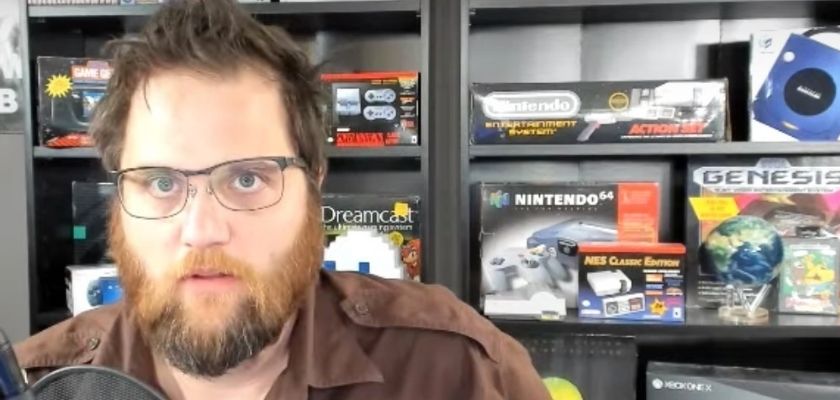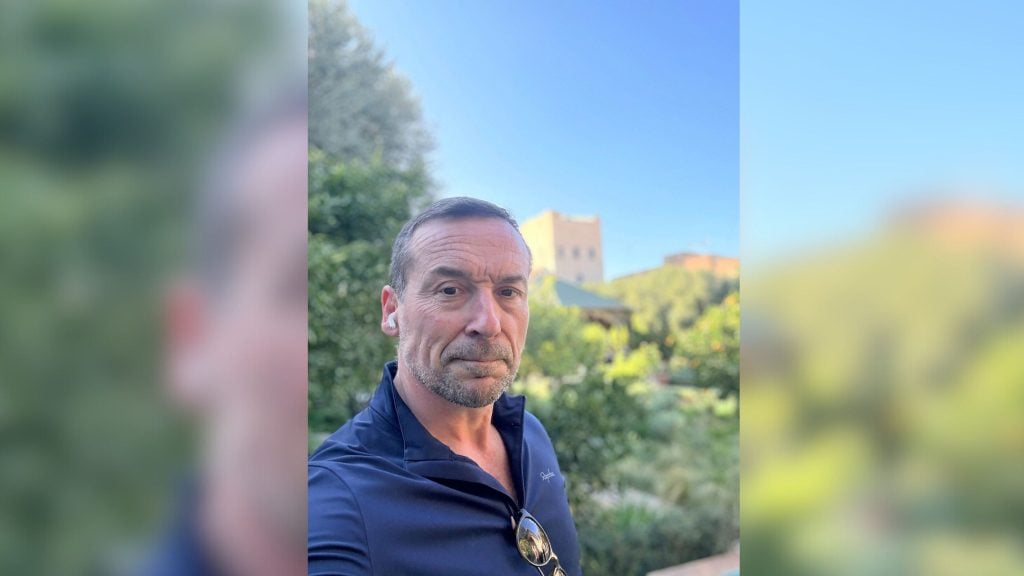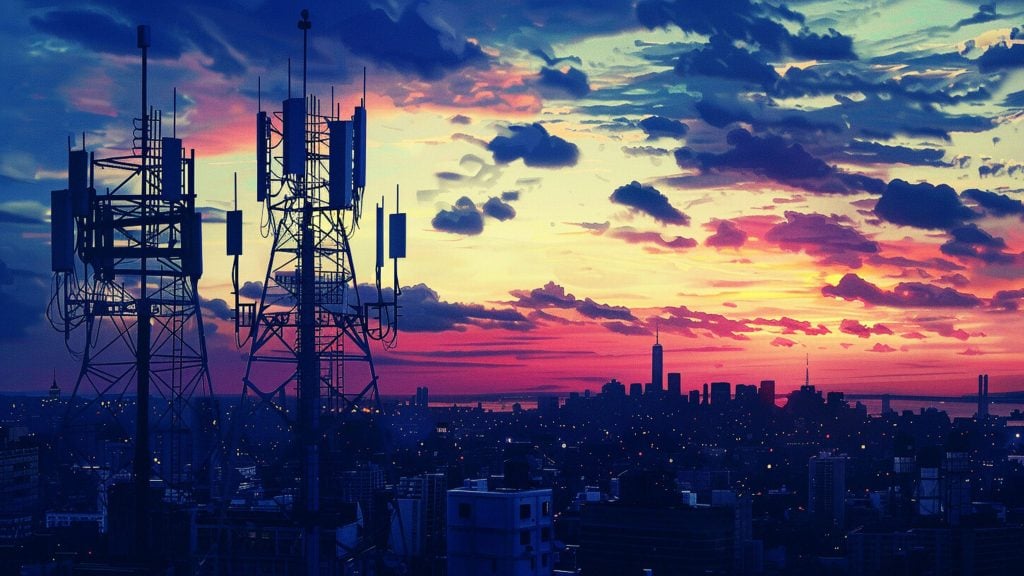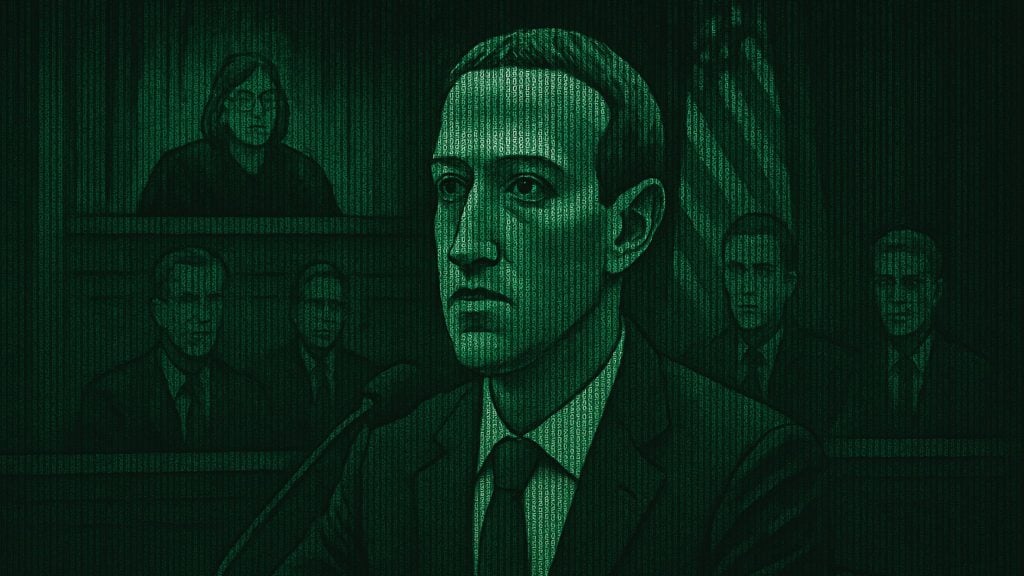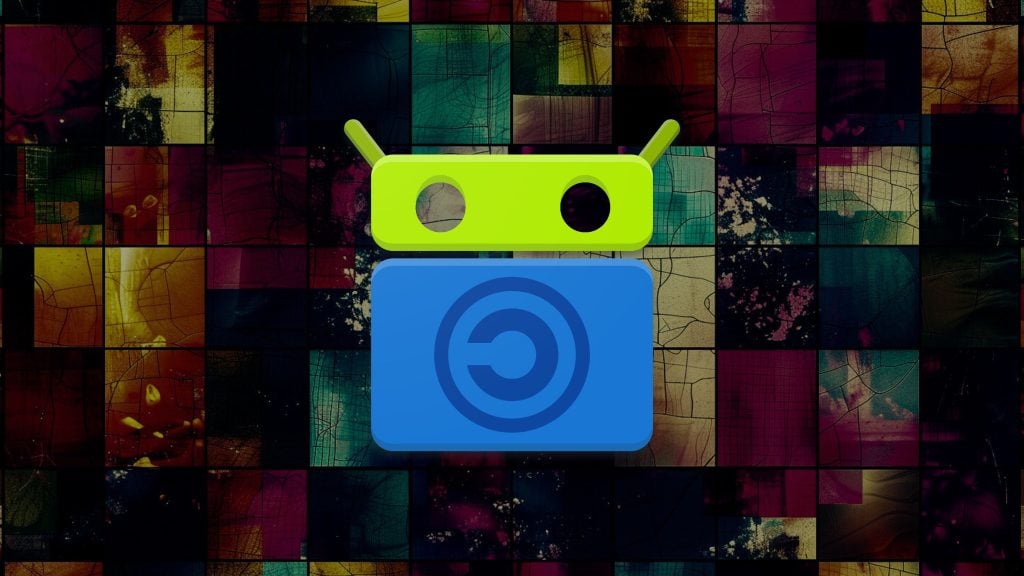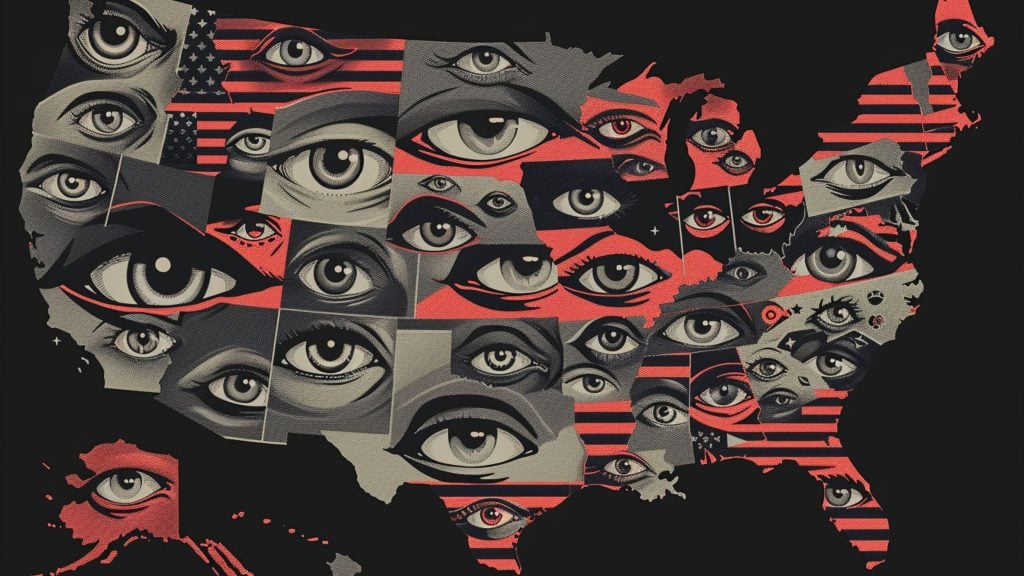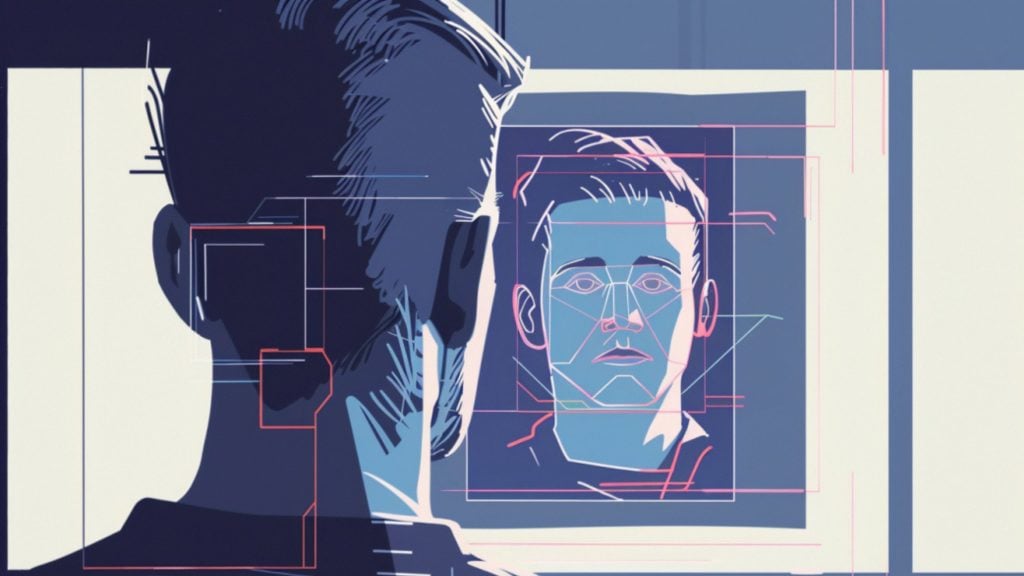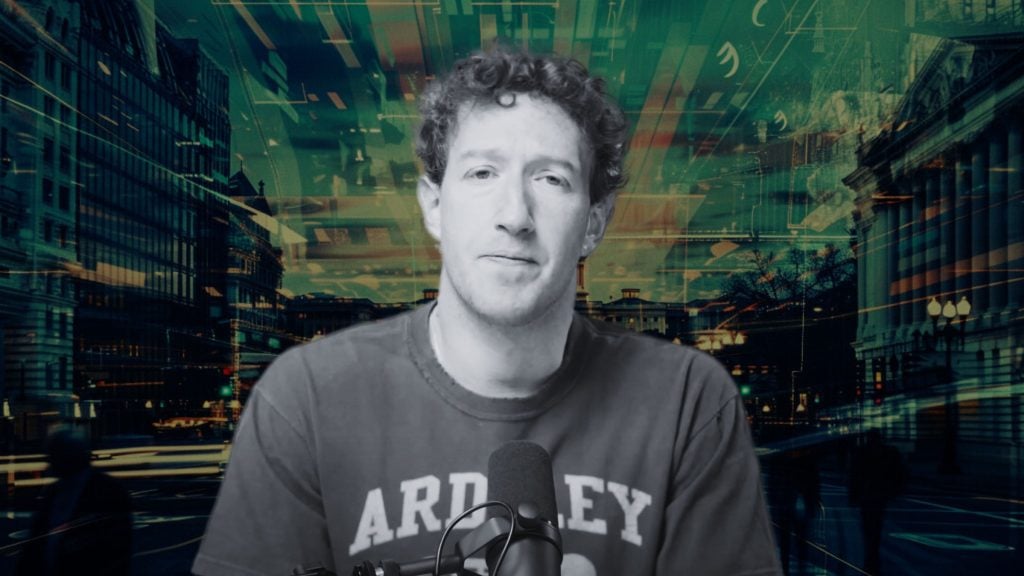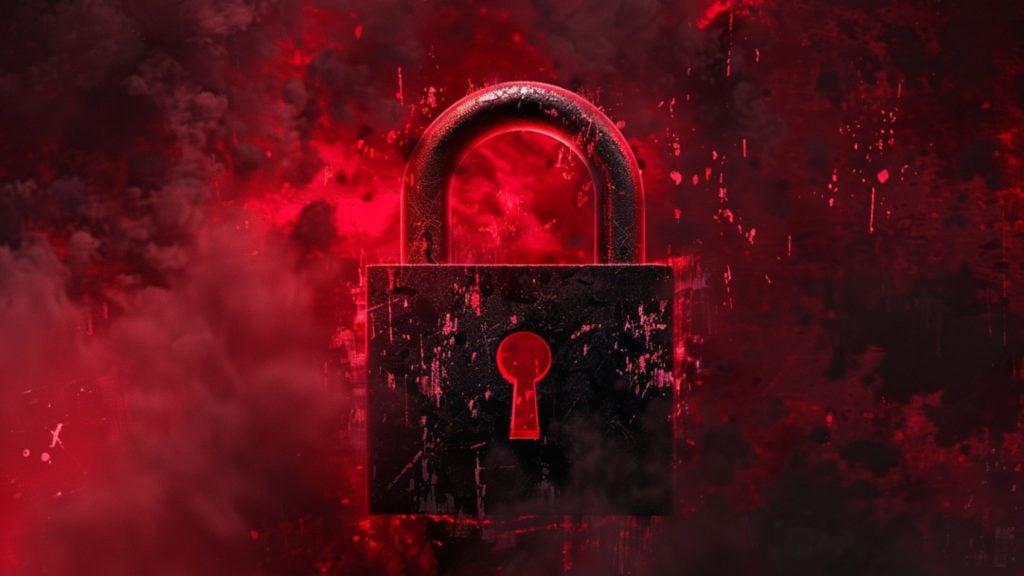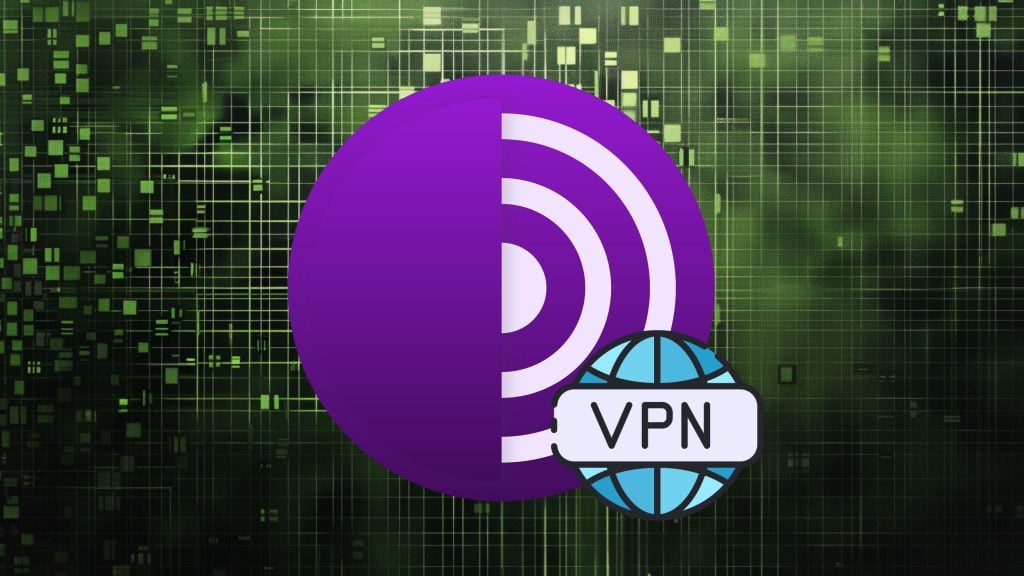It appears that CNET’s editor-in-chief Ian Sherr targeted several YouTubers with the motive of demonetizing them. CleanPrinceGaming, Upper Echelon Gaming, and The Quartering were a few creators he was aiming at. Lately, his efforts turned out to be fruitful when he managed to get advertisers to pull their content from Jeremy “The Quartering” channel.
This all started when an article written by Sherr was published on June 6th where he tried framing a few YouTubers by claiming that they feed on outrage bait and pumped negativity into the realm of content creation. As a matter of fact, Sherr tried to aim at the advertisers of these YouTubers instead of directly targeting the content creators.
“Hambly funds his videos in part through paid comments, known as super chats in live streams, selling merchandise with his likeness, and offering a $4.99 per month “membership” facilitated by YouTube. He also receives payments for ads that YouTube serves in his videos,” wrote Sherr.
He also elaborated instances of organizations such as the Honda and the DeVry University expressing their disdain for Jeremy’s videos and their choice to not get featured on his content.
Click here to display content from X.
Learn more in X’s privacy policy.
As a matter of fact, a video game rental service known as GameFly had said that they weren’t aware of their ads being featured on his content until CNET brought it to their attention. Then, GameFly decided to opt out of featuring their ads on Jeremy’s channel for an unspecified period of time. Honda too, said that Jeremy’s videos went against their “strict” guidelines with respect to advertising placement.
Jeremy, as a response to Sherr’s writings, has lashed out strongly against him through his channel, “TheQuartering.” He said that a direct attempt to demonetize his channel wasn’t going to be taken lightly and that he would pursue a potential legal recourse.
After all of this, Sherr then took to Twitter explaining why he aimed at YouTubers. He said that he found audience and creators drawn towards negativity and criticism. According to Sherr, over time, channels and creators thriving on drama and negativity started to grow steadily. He was concerned whether the advertisers fueling these channels were aware of the fact that their content was helping a steady growing ‘negativity’ on YouTube.
“Story time: About a year ago, I noticed a new crop of game commentators taking off on @Google’s @youtube. They included @UE_UpperEchelon @cleanprincegame @DownwardThrust @LegacyKillaHD and @TheQuartering.
Most of them focused on game criticism, and some like @cleanprincegame, did it with compelling scripts, slick editing and smart background music. I wasn’t surprised to start seeing each pull in millions of views a month. But as I watched more, it seemed the videos YouTube was showing me were angrier and angrier. So I started tracking as much as I could about them. Sentiment, moments where they had calls to action, moments where they seemed to be really pushing boundaries.
“The gaming commentary YouTubers each put out about 10-20 min videos, sometimes once a week, sometimes three times a day. I soon racked up hundreds of videos and easily more than three dozen hours of content. Keep in mind: The Star Wars movie saga so far is only 18 hours.
“In some cases, I watched every video these channels put out during this time. I watched at home. I watched on the bus. I watched in line at Costco. I watched on the beach during vacation.
“So why do it?
“I was curious about why this group seemed to be gaining traction, just as an “old guard” of YouTubers was complaining about subs and views leveling off. I began watching game commentary because I’d stumbled across @Boogie2988 , in character as the parody-angry gamer Francis, complaining about Diablo III in 2012. What I found was an interesting commentator who eventually amassed 4.5 million subs.
“Recently, he began complaining about losing subs and lower views. Oftentimes, he blamed it on something he said on Twitter or in a podcast. Sure, I thought, maybe that played a part. But then I saw other YouTubers complain too. Another, @JimSterling, complained in a video that his “shittiest game of the year awards” did double the number of views of his more positive Jimquisition awards.
“Another, @JimSterling, complained in a video that his “shittiest game of the year awards” did double the number of views of his more positive Jimquisition awards.
“What was driving this? Was the community changing? Were gamers suddenly all angrier? Were they hungry for these epic takedowns? (even if they were just repackaging reporting by people like @jasonschreier?)
“Even the YouTubers themselves seemed puzzled. @cleanprincegame literally talked on his videos about how he was aware he’s known as “the negative guy” and saying “I haven’t done enough to perpetuate positivity.”
“So, one day he started a new channel called “What’s So Great” — about what he loves in a game, even if it’s a game everyone hates. I bookmarked it and set a todo to check in later. Just a little more than a week after launch, @cleanprincegame rebranded his positivity channel — yeah, completely gave up on this whole thing. Now it was “Games vs Food,” where he criticizes games and compares them to stuff like $3 grocery store sushi.
“I guess his community didn’t like it? (I don’t know the answer, @cleanprincegame sadly wouldn’t get on the phone with me to discuss it.)
“Back to the well of negativity, this time with some silly jokes.
“I started to think maybe it’s not just the YouTubers, but also the algorithm and the audience too. Maybe I’d stumbled on one of those a-ha’s about human behavior: We thrive on drama and negativity. We just can’t look away.
“But these channels are funded by advertisers, right? After all, some of these guys do this full-time. I was curious if the advertisers even knew their ads were finding their way to this growing corner of the internet.
“So I asked a few advertisers some questions: How do you manage your YouTube advertising? Do you ask to have your ads put on “ad safe” lists?
“I also asked if they spot-check videos. This comes from when I worked at @Reuters. I knew that brands constantly send people to stores to check product placement, make sure their cardboard ads are where they paid to be and generally audit the system. It kept everyone honest.
“So, every day, I screen-shotted ads I saw on the channels, organized them, and sent out requests. Well, with one exception (@volvocars), none of the advertisers I spoke to said they checked YouTube. At all.
“They had no idea where their ads were showing up. I’m gonna say it again: They did not know what YouTube channels they were funding. They weren’t even paying outside auditors to check for them. All they did was maybe ask to be on “ad safe” (vetted) lists, and trust their ad buyer or YouTube were checking the channels they appeared on.
“Of the ones who would go on the record, @Honda, @devryuniv and @GameFly all said there were reevaluating their blacklists after my requests for comment. In some cases, they’re investigating w/YT why their ads showed up on ones they didn’t want to be “associated with.”
“Among those searching for answers to this negativity dilemma are @Microsoft ‘s @Xbox team, @EA and @Roblox. Each has different programs to encourage more healthy community dialog. In the case of Roblox, they also encourage meaningful parental involvement.
“As to what happens from all this? I don’t know. I still don’t have a clear answer to my original question: Why is YouTube rewarding negativity so much? YouTube declined to comment for the story.
“Update, YouTube statement: “We have strict policies that govern what kinds of videos we show ads on, and videos with hateful content violate those policies. If we find videos that are showing ads and shouldn’t be, we remove ads immediately.”
Sherr admitted that his contacting several advertisers has led to certain advertisers blacklisting few channels and creators.
It seems like YouTube will now be a platform that is no longer creator-friendly and safe for YouTubers. This follows a recent phenomenon of journalists from legacy media outlets trying to silence their competition.
Free Tutorial: Our step-by-step guide to starting your own website for fun or profit

